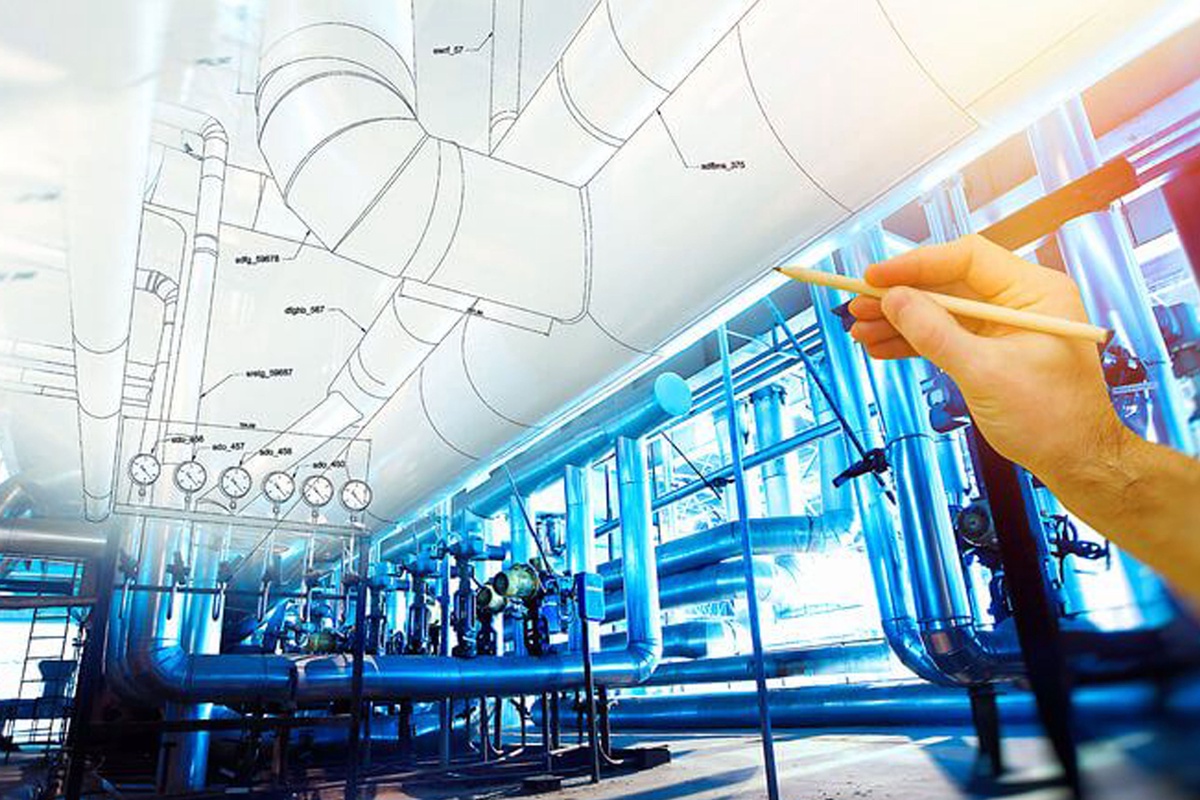In the realm of construction, MEP services play a fundamental role in shaping the efficiency, functionality, and sustainability of infrastructure. This blog aims to explore the pivotal impact of MEP service, delving into their contributions across various sectors and their essential role in optimizing infrastructure within construction projects.
Understanding MEP Services
MEP service encompass a wide array of disciplines, including mechanical, electrical, and plumbing systems, crucial for the functionality of any built environment. These services involve the design, installation, and maintenance of systems that ensure comfort, safety, and operational efficiency within buildings.
Enhancing Comfort and Environmental Control
One of the primary roles of MEP service is to ensure comfort and environmental control within buildings. Heating, ventilation, and air conditioning (HVAC) systems are meticulously designed and installed to regulate indoor temperatures, humidity levels, and air quality, providing occupants with a comfortable environment while optimizing energy consumption.
Powering Projects with Electrical Solutions
MEP service provide critical electrical solutions that power modern infrastructures. From lighting systems to power distribution networks, MEP engineers design and implement electrical systems that cater to a building's power needs efficiently and safely, adhering to regulatory standards and ensuring uninterrupted operations.
Ensuring Efficient Plumbing and Water Management
Efficient plumbing systems are pivotal in infrastructure optimization. MEP services manage plumbing systems, ensuring the proper distribution of water, waste disposal, and ensuring the integrity of pipelines. Water conservation measures, such as low-flow fixtures and rainwater harvesting systems, are integrated to promote sustainability.
Sustainability Integration and Energy Efficiency
MEP service are at the forefront of sustainability initiatives within construction projects. Engineers emphasize energy-efficient designs by incorporating renewable energy sources, energy recovery systems, and smart controls into MEP systems. These initiatives reduce carbon footprints and operating costs while promoting environmentally friendly practices.
Safety and Compliance Adherence
MEP service prioritize safety and regulatory compliance. MEP engineers adhere to strict safety codes and regulations while designing and installing systems. Compliance with safety standards ensures the protection of occupants, mitigates risks, and contributes to the longevity of infrastructure.
Integrated Design and Collaboration
MEP service thrive on integrated design and collaboration. MEP engineers work collaboratively with architects, structural engineers, and other stakeholders to ensure seamless integration of systems within the architectural framework. Early involvement allows for efficient space utilization and minimizes conflicts during construction.
Technological Advancements in MEP Services
The evolution of MEP services is propelled by technological advancements. Building Information Modeling (BIM) plays a crucial role, allowing MEP engineers to create digital representations of systems, enabling accurate visualization, clash detection, and efficient coordination among different disciplines.
Role in Smart and Future-Ready Infrastructures
MEP service are instrumental in the development of smart infrastructures. They integrate smart technologies like IoT (Internet of Things) sensors, automation, and remote monitoring into systems, creating future-ready buildings capable of adapting to evolving technological landscapes.
IoT Integration and Smart Building Solutions
MEP services are increasingly embracing IoT integration to create smart building solutions. By incorporating sensors and connected devices within MEP systems, buildings become responsive and adaptive. These systems collect real-time data on energy usage, occupancy patterns, and equipment performance, enabling proactive maintenance and energy optimization strategies.
Energy Conservation Measures and Green Initiatives
In addition to technological advancements, MEP service prioritize energy conservation measures and green initiatives. Engineers design MEP systems that reduce energy consumption through efficient lighting, HVAC systems, and building insulation. Moreover, renewable energy sources like solar panels and geothermal heating are integrated, aligning with sustainability goals.
HVAC Innovations and Indoor Air Quality
Continuous innovation in HVAC systems is a cornerstone of MEP service. Engineers focus on enhancing indoor air quality by developing advanced ventilation systems, air purification technologies, and smart controls. These systems not only maintain optimal indoor environments but also contribute to occupant health and productivity.
Resilience and Disaster Preparedness
MEP service emphasize resilience and disaster preparedness within infrastructure. Engineers design MEP systems that are resilient to natural disasters, ensuring backup power solutions, robust fire protection, and water management systems. These measures enhance building safety and minimize disruptions during unforeseen events.
Commissioning and Lifecycle Performance
Commissioning services offered by MEP specialists ensure that systems operate as intended. Through rigorous testing, verification, and documentation, MEP consultants verify the functionality of systems, ensuring optimal performance throughout the building's lifecycle. This process enhances efficiency and reduces operational costs.
Building Controls and Automation
MEP services leverage advanced building controls and automation to streamline operations. Integrated control systems manage lighting, temperature, and energy usage, optimizing these parameters based on occupancy and environmental conditions. Automation enhances user experience and contributes to energy savings.
Adaptability to Changing Needs
MEP services prioritize adaptability to accommodate evolving needs within buildings. Systems are designed with flexibility in mind, allowing for future modifications and expansions without significant disruptions. This adaptability ensures that buildings remain functional and relevant for years to come.
Training and Skill Development
The evolution of MEP service involves continuous training and skill development among professionals. Engineers undergo training programs to stay updated with the latest technologies, codes, and industry best practices. This commitment to skill enhancement ensures proficiency in delivering cutting-edge MEP solutions.
Collaboration for Integrated Project Delivery
MEP services advocate for integrated project delivery methods. Collaborative approaches among various disciplines streamline project workflows, allowing for early involvement, shared responsibilities, and efficient coordination. This collaborative environment fosters innovation and minimizes conflicts during construction.
Community Impact and Environmental Responsibility
MEP service extend their impact beyond individual buildings. Engineers prioritize environmental responsibility and community impact by advocating for sustainable design practices, reducing carbon footprints, and promoting environmentally conscious decisions that positively influence communities.
Conclusion
MEP services stand as the backbone of optimized infrastructure within construction projects. ENGISOFT ENGINEERING - BIM Staffing & BIM Services their multifaceted contributions, spanning comfort, safety, sustainability, technological innovation, and seamless integration, underscore their indispensable role in shaping modern and future-ready built environments.


No comments yet